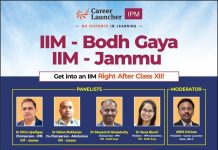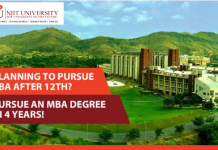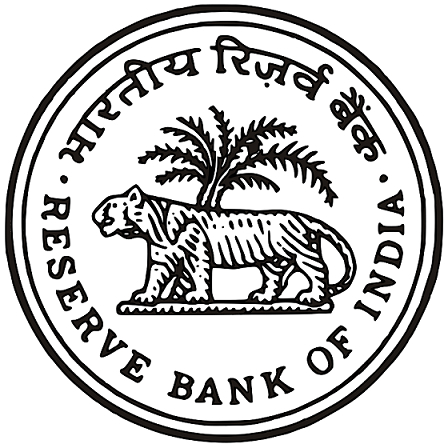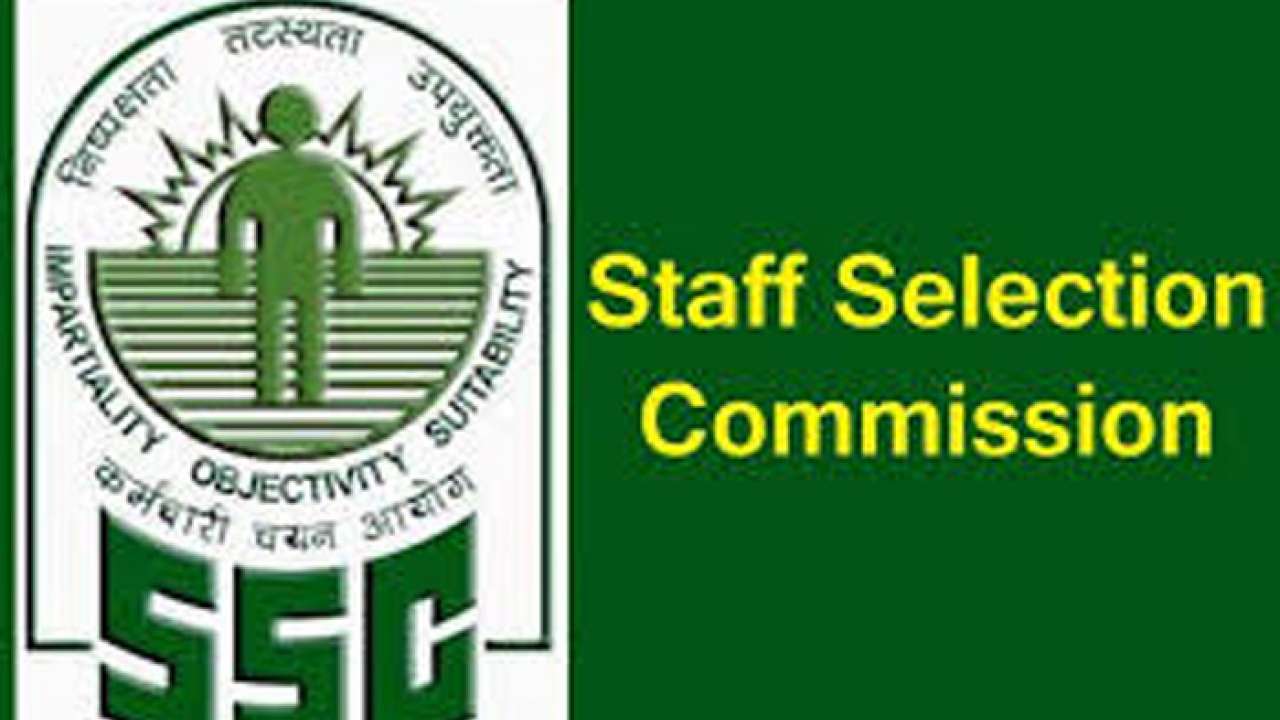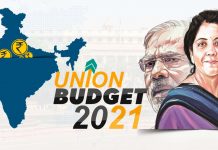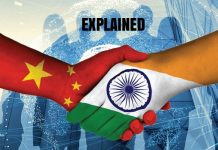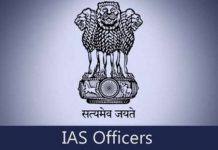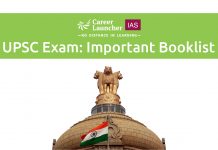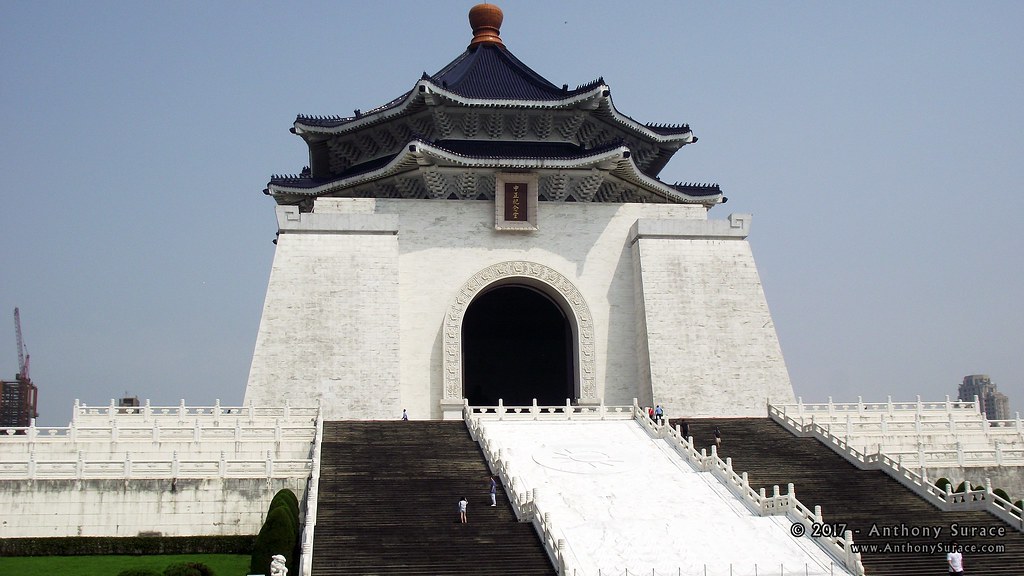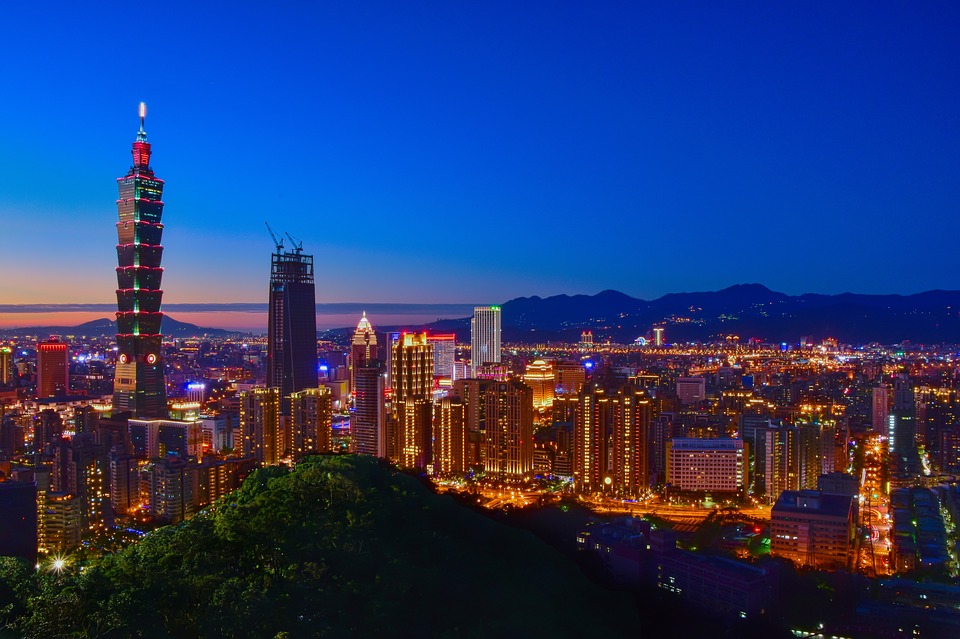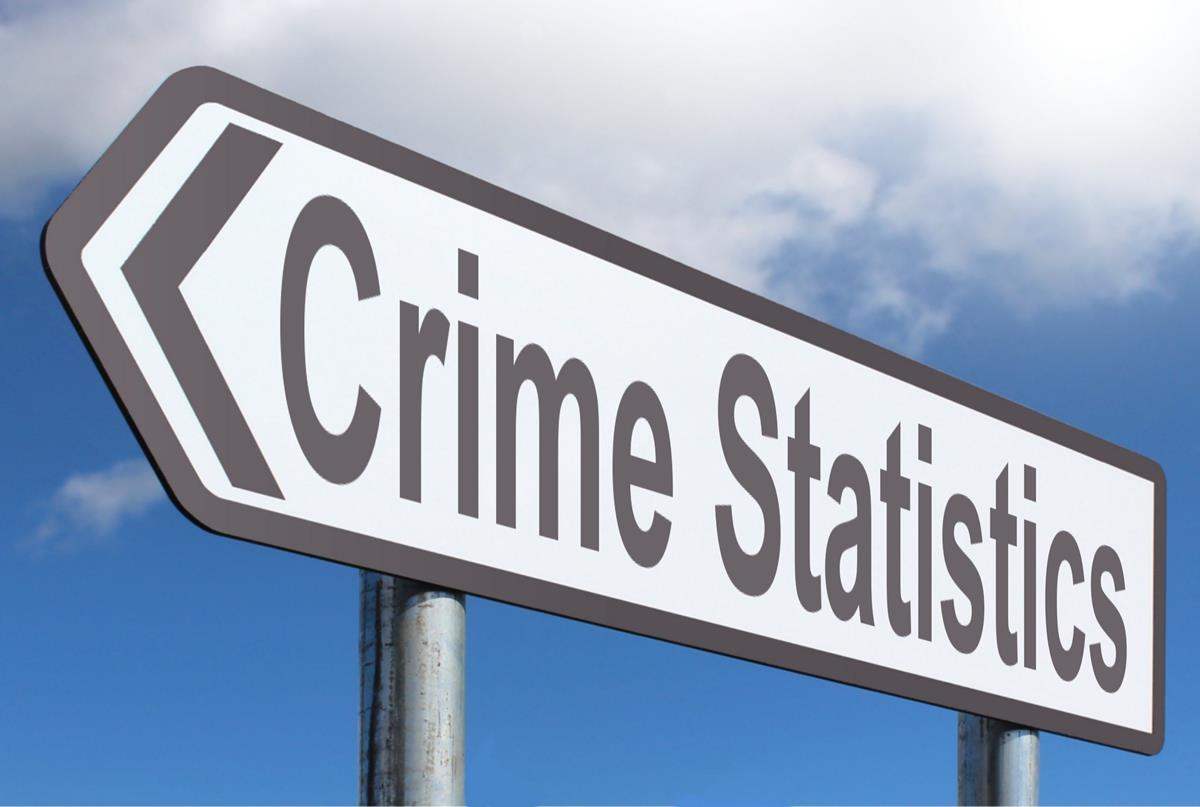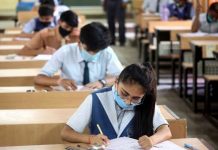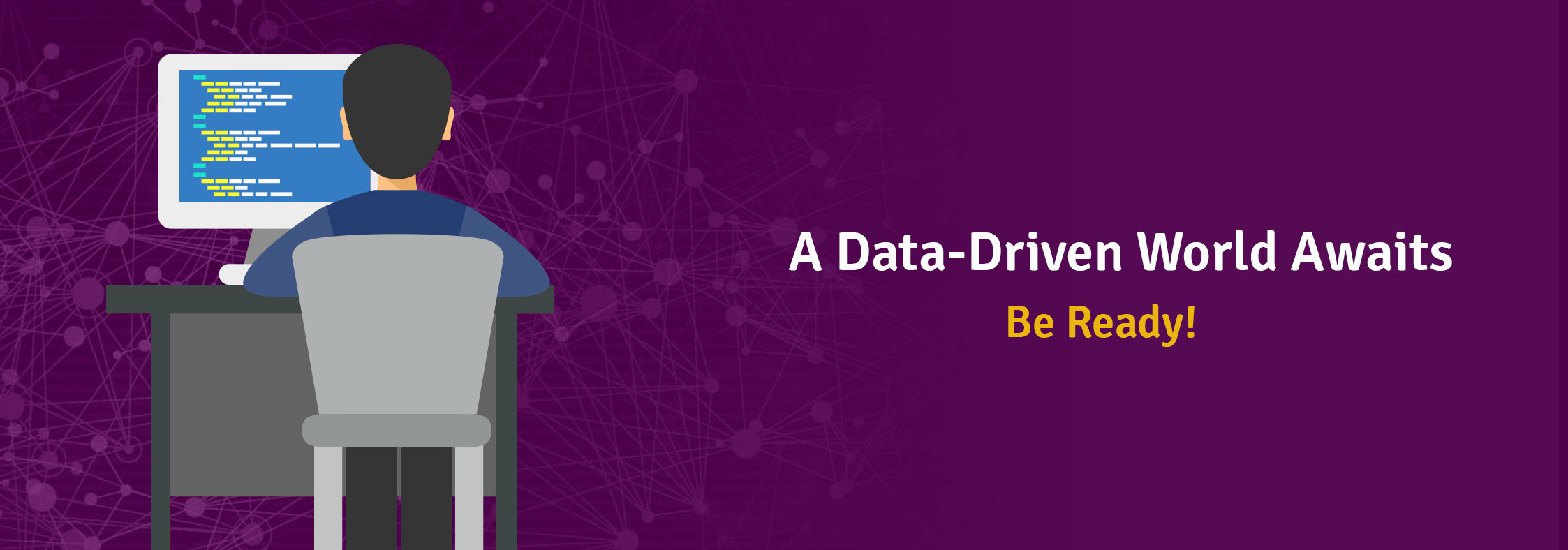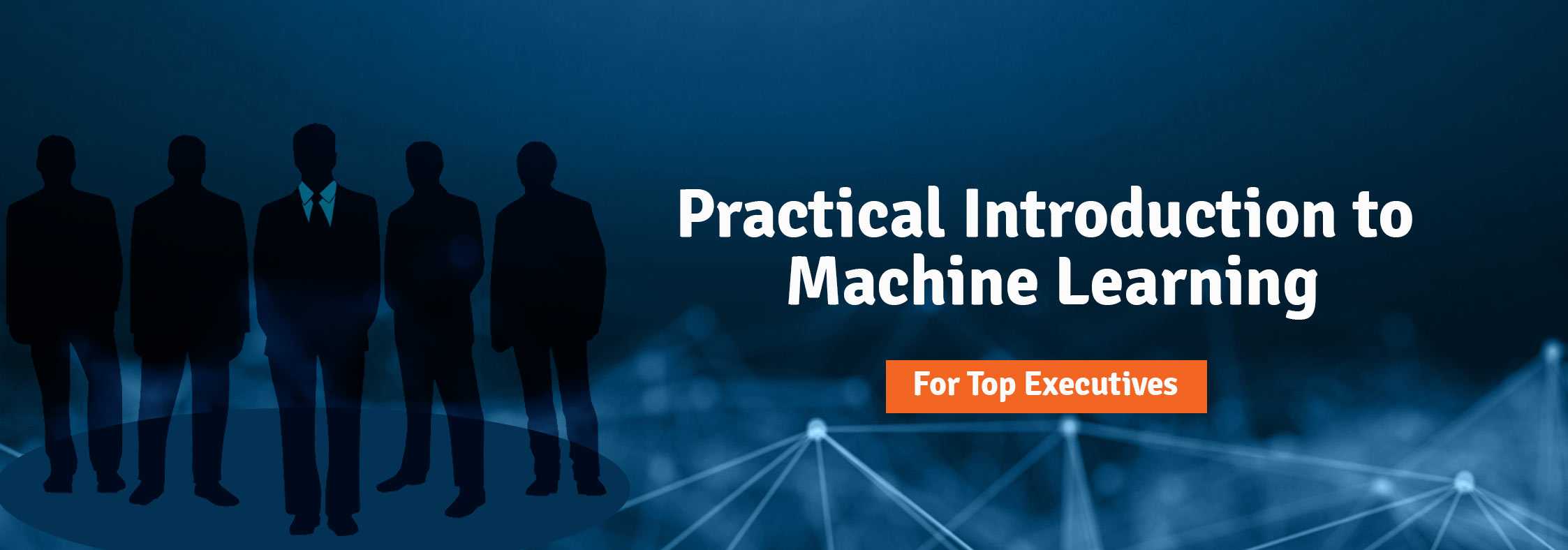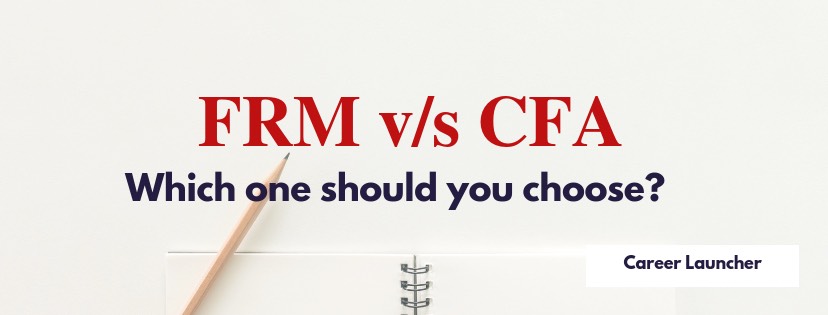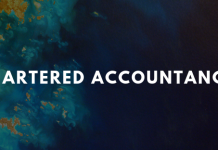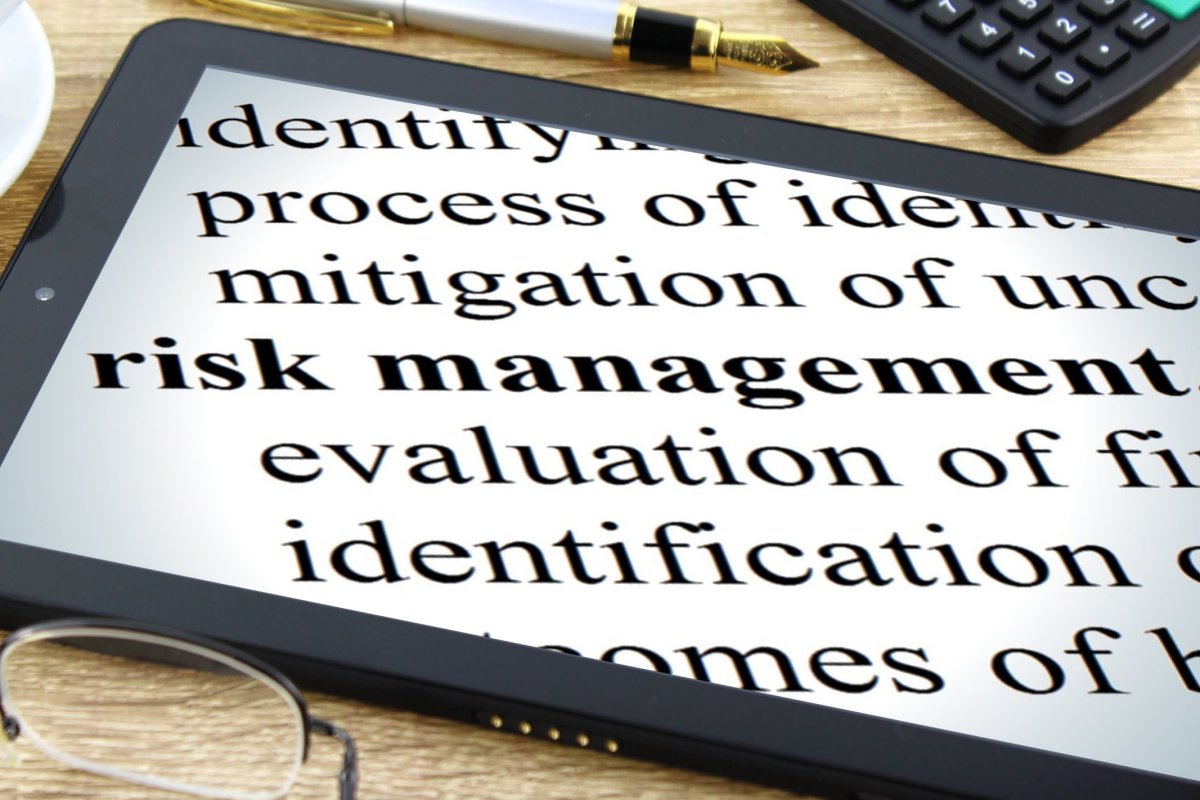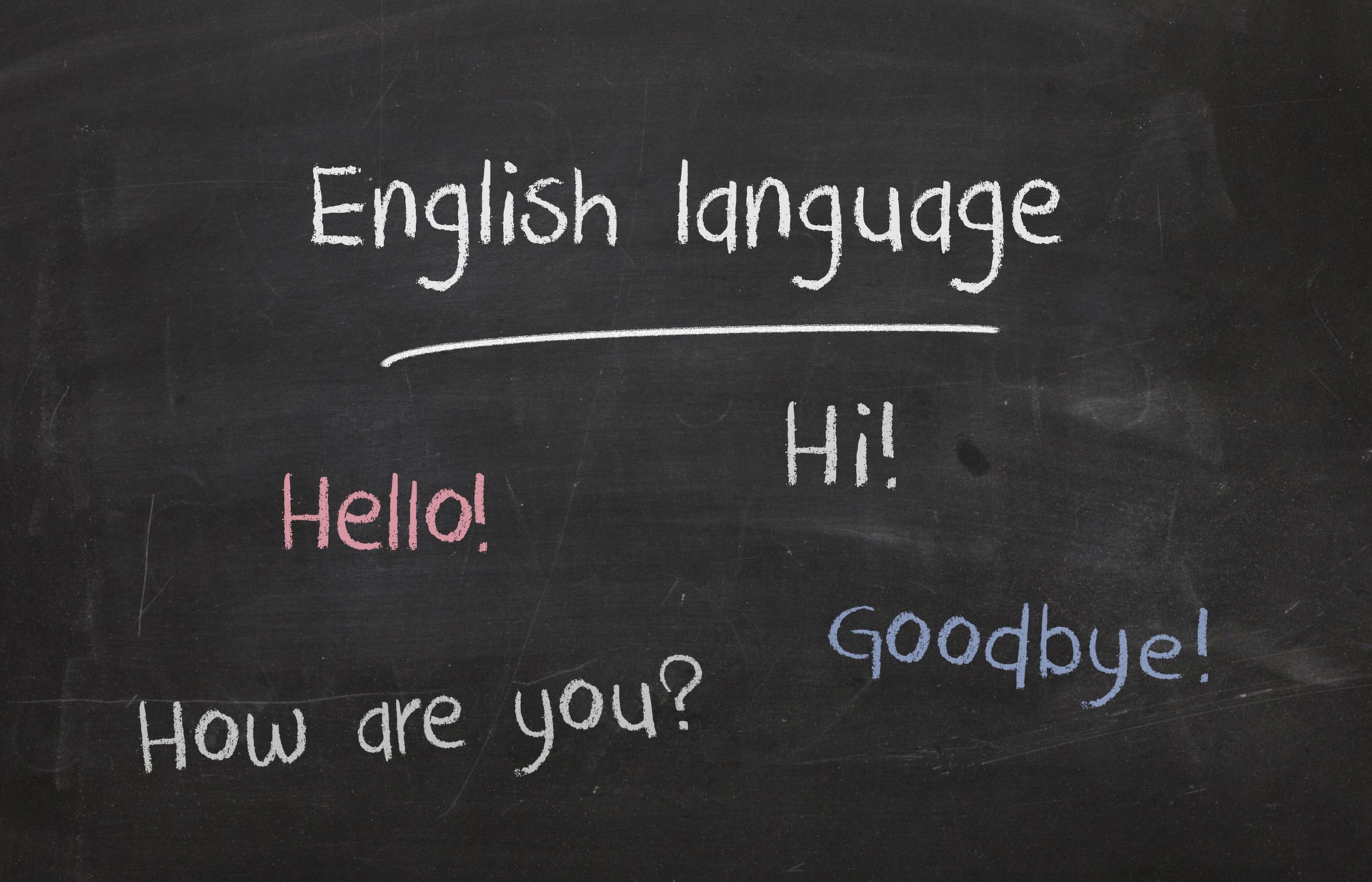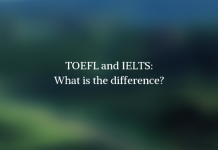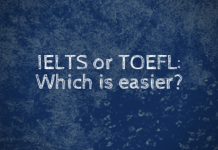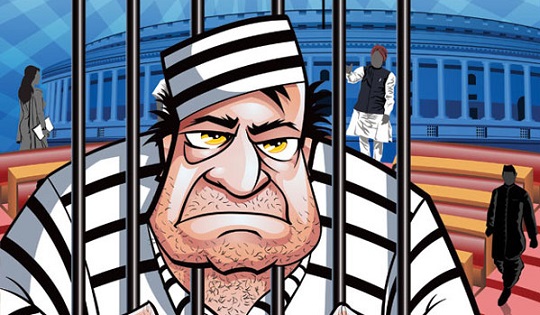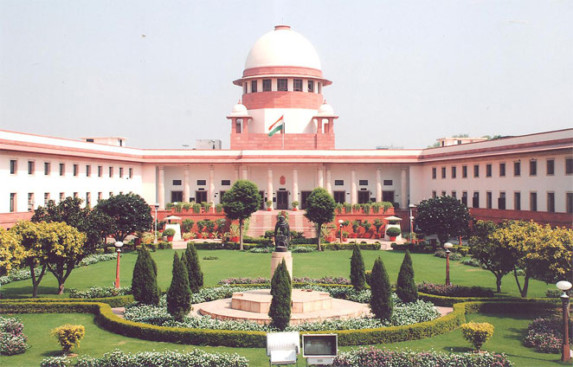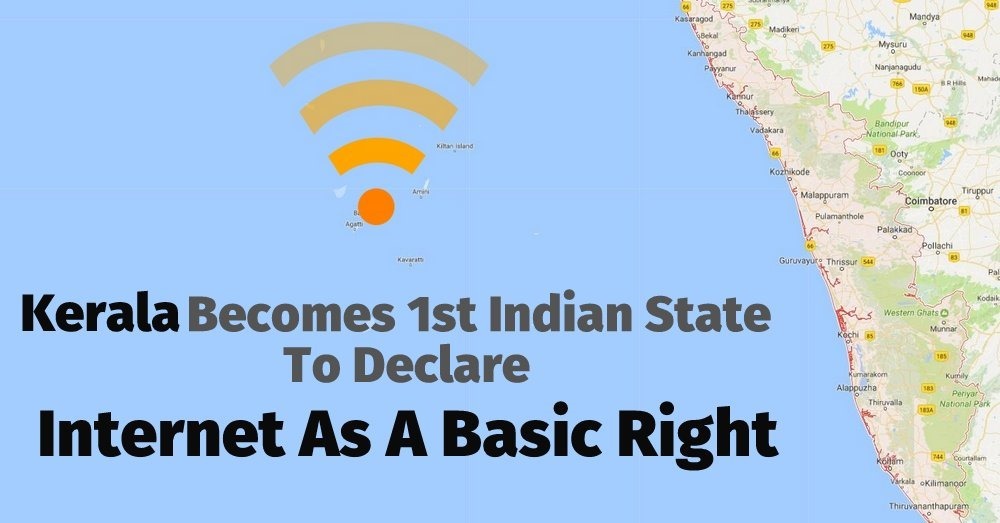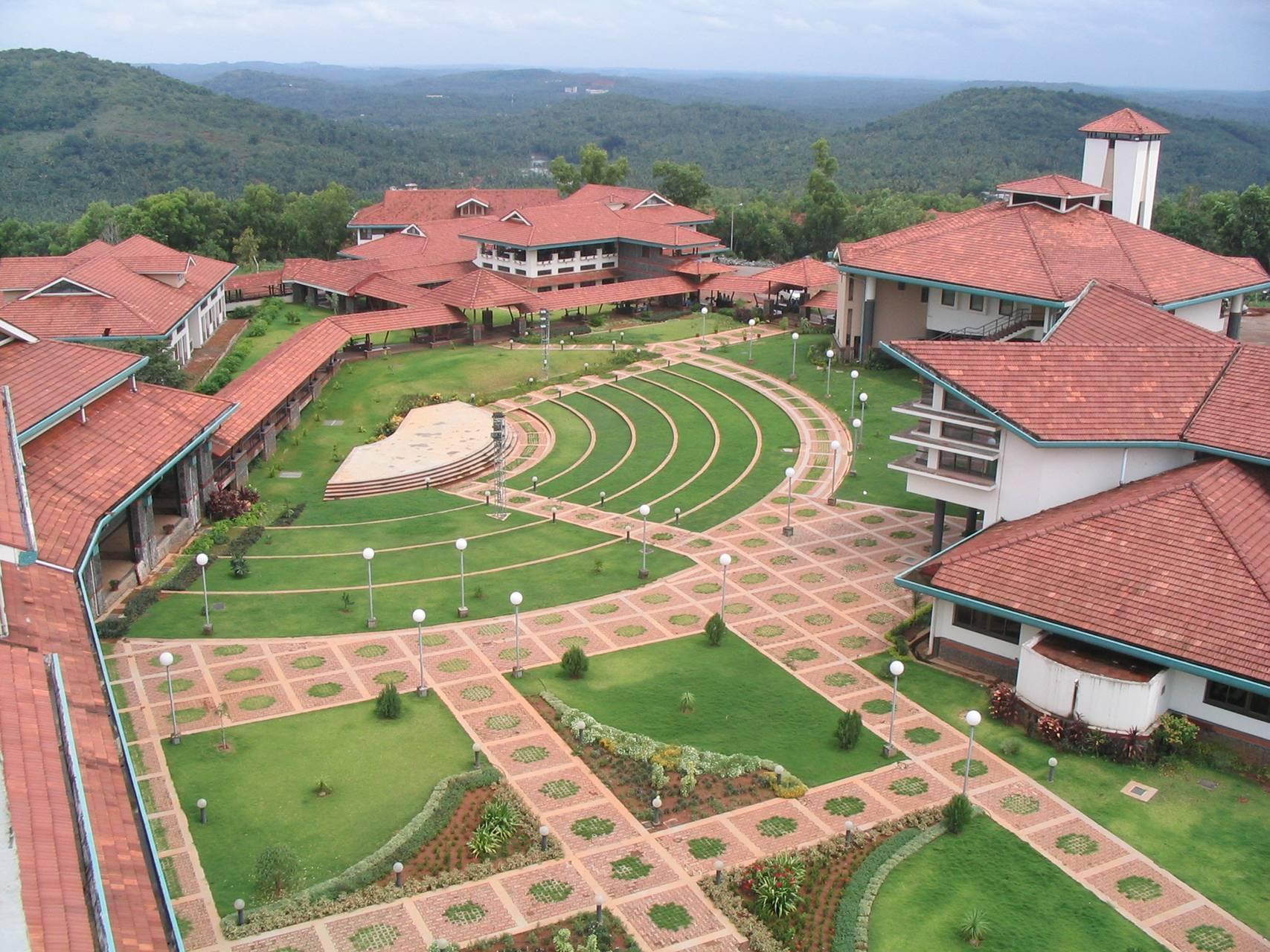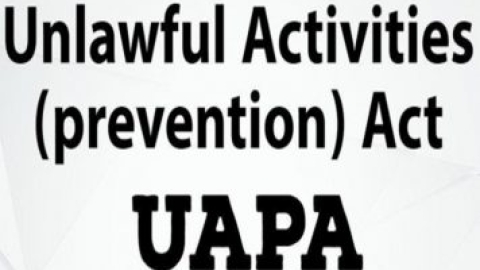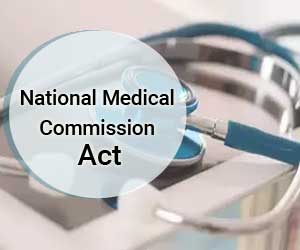“Criminalization of Politics” refers to those acts carried out by persons with Legislative, Judicial or Executive Authority, (as opposed to the belief that it is limited to political authority) which undermine the constitutional fundamentals of India. In India, these fundamentals are governed by the basic spirit of governance, which is Democracy. The modern definition of Criminalization in politics tends to incorporate more than just the criminalization in “Politics” (in the purer sense of the term) and extends the scope of the term to forms of criminalization in Electoral Politics, Policy-making Politics, Judiciary, Executive and even the Administration. This is so because the modern day definition of Politics imbibes in itself the concept of “Governance” which is holistic. Today, Criminalization of Politics seeps through the various strata of Indian governance, right from the lowest-rung Babu charging a petty bribe to get a job done, to the top-rung IAS Officer or MP/MLA indulging in some form of perverted activity undermining the ideal scenario of governance. Below is a break-down of Criminalization and Politics.
1.1 POLITICS
Ideally, one would opt to define “Criminalization” before defining “Politics”, but in the context of this subject-study, it is more important to define “Politics” since the scope of “Politics” plays a crucial role in setting the parameters of “Criminalization”. According to the Merriam-Webster dictionary, “Politics” is defined as “the art or science concerned with guiding or influencing governmental policy”. Hence, it only makes logical sense to broaden the scope of Criminalization of politics to the extent that all the facets of governance can be covered. As an illustration, when a person with a pending criminal charge gets a ticket to contest the elections, it is a form of Criminalization of Politics. When the Telecom Minister misappropriates a certain amount of money (however significant) to his benefit, or in amore legally specific context, Article 102 (1) (A) of the Indian Constitution bars an MP or an MLA from holding any office of profit under the Government of India or in any state other than an office declared by the Parliament by law as not disqualifying its holder, and when this is negated, it can be called Criminalization Of Politics.
1.2. CRIMINALIZATION
While exploring the subject of “Criminalization in Politics”, be it with regard to any country, what must be kept in mind is that in quintessence, the term “criminalization” is that it is a perverted form of a process and encompasses but is not limited to the term “crime”. The conventional definition of the term includes the persons involved are the high-ranking government officials.
- KINDS OF “CRIMINALIZATION IN POLITICS”
This section is an attempt at bringing forth the existing facets and forms in which the criminalization of politics exists in the Indian Governance. This will be substantiated with examples and illustrations. However, these forms are not exhaustive since an exhaustive approach cannot be adopted for the findings of such a broad phenomenon.
2.1 ELECTORAL FRAUD
Electoral Fraud refers to such acts which disrupt a process of fair elections illegally. However, acts which disrupt fair elections but are not illegal, may also be referred to as electoral fraud, on moral grounds.
2.1.1 POLITICAL CANDIDATES WITH CRIMINAL RECORDS/PENDING
- The criminalization of our political system has been observed almost unanimously by all recent committees on politics and electoral reform. Criminalization of politics has many forms, but perhaps the most alarming among them is the significant number of elected representatives with criminal charges pending against them. Approximately 38% of the persons contesting electoral polls have a criminal record. Mr. S.Y Qureshi, the Election Commissioner of India, said back in 2011 that persons with a criminal record do not deserve to sit for polls. “ The draft bill on electoral reforms will resolve this problem when it comes into force, as it bars candidates with criminal backgrounds from contesting an election” he said. The problem with such persons sitting for polls is that not only do they have no credibility; they also disrupt the process of free and fair elections by using unfair means and methods.
2.1.2. MUSCLE POWER USED TO GATHER VOTES
- A common happening in the electoral politics of today, is musclemen using the fear psychosis to gather votes. They fear the weak and poor to vote for a specific candidate or manipulate the vote-banks. At various instances, musclemen have been used to scare away competing candidates (and their means may extend to inflicting damage and even causing death at times). Strict measures were enforced, bringing in 639 companies of paramilitary forces to prevent muscle power effects. The effect, it seems, is telling on musclemen4. It is widely believed that the cost of fighting elections has climbed far above the legal spending limits. This has resulted in lack of transparency, widespread corruption, and the pervasiveness of so-called ‘black money’.
2.2. POLITICAL SCAMS
- Scams in the (purely) political arena have skyrocketed in the past 5 years. From upscale scams such as the 2G scam (responsible: A.Raja) or the Commonwealth Scam (responsible: S.Kalmadi) to financial irregularities by municipal corporations which are alleged to have taken place in projects such as slum rehabilitation, marking of floodlines, granting of transferrable development rights, city center project, change in land reservations, housing schemes, massive cost escalation in major projects and change in rules for bus rapid transit system, Political scams have increased by leaps and bounds, thus contributing further to the Criminalization of Politics in India. This issue will be dealt with, in greater depth, subsequently in this project.
2.3. BUREAUCRATIC SCAMS
- The nexus between bureaucracy and politics has been explained in the preceding portion of this part. Many times, large-scale scams (for eg: 2G, CWG, etc.) have bureaucratic officials involved in them. At other times, the governments try to shield bureaucratic officials (Eg: Chhatisgargh government trying to shield Babulal Aggarwal, the richest IAS officer of India at that point of time Or it so happens that bureaucratic officials and their actions end up affecting the political scenario of a country, and when such actions are corrupt, it leads to criminalization of politics.
2.4. CRIMINAL GANGS ENJOYING PATRONAGE OF POLITICIANS
- In Chapter 4 of the report of the National Commission to Review the Working of the Constitution, cites the Vohra report as follows: “The nexus between the criminal gangs, police, bureaucracy and politicians has come out clearly in various parts of the country” and that “some political leaders become the leaders of these gangs/armed senas and over the years get themselves elected to local bodies, State assemblies, and national parliament.”
- CAUSES OF CRIMINALIZATION IN POLITICS
One can attribute the causes of Criminalization in Politics to the fact that India is still a country where the mechanisms which are quintessential to running the various administrative systems are not free of loopholes which feed to the need of men wanting to derive the “extra edge”, or, to overcome the weaknesses which have been attributed to them by the system itself.
- ELECTORAL REFORMS
While solutions to reduction of Criminalization in Politics have been provided in detail in the subsequent part, it is important to introduce the concept of Electoral Reforms and how they can benefit the dire situation of Indian Politics. Electoral reforms such as a fixed amount of finances and greater financial transparency by the Electoral candidates which have been implemented to an extent (but are still ridden with loopholes), reduction of Poll Booth Manipulation, etc. instead of getting various committees to sit on issues for ages, is what is required in the crux of the matter.







